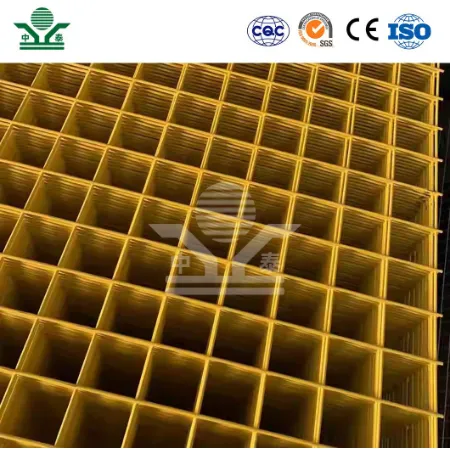Understanding Round Hole Perforated Metal Applications and Benefits
Round hole perforated metal is a versatile material widely used across various industries due to its unique features and aesthetic appeal. The process of creating this type of metal involves puncturing a series of uniformly sized circular holes into sheets or panels of metal, resulting in a highly functional and attractive product. The dimensions, spacing, and overall design can be tailored to meet specific engineering requirements or aesthetic preferences, making it an ideal solution for multiple applications.
One prominent application of round hole perforated metal is in architectural design. Designers often utilize this material for façades, screens, and partitions because of its ability to provide visual interest while allowing light and air to pass through. This openness can help create dynamic spaces and enhance the building's energy efficiency. Additionally, when used in outdoor settings, perforated metal can protect against the elements while offering a modern and stylish appearance.
In the industrial sector, round hole perforated metal is commonly used for filtration and separation processes. The consistent size of the perforations allows for efficient filtration of solids from liquids or gases, which is critical in industries such as food processing, chemical manufacturing, and waste management. By utilizing perforated sheets, companies can ensure higher product quality and operational efficiency by reducing contaminants in their processes.
round hole perforated metal

Another vital application of this material is in noise reduction. Round hole perforated metal can effectively act as an acoustic barrier, minimizing sound transmission in noisy environments, such as manufacturing plants or urban settings. When combined with appropriate insulation materials, it can significantly enhance the soundproofing capabilities of a space, contributing to a more comfortable environment for both workers and residents.
Moreover, round hole perforated metal is often used in the design of furniture and decorative elements. The unique patterns that can be created through the perforation process add an artistic touch to various products, from lighting fixtures to wall panels. This trend reflects a growing consumer preference for combining functionality with aesthetic appeal in interior design.
In summary, round hole perforated metal is an exceptionally versatile material with a broad spectrum of applications ranging from architecture to industrial processes and interior design. Its combination of durability, functionality, and visual appeal makes it an attractive choice for both commercial and residential projects. As industries continue to innovate, the demand for such materials will likely grow, paving the way for new applications and design possibilities.
-
Why Galvanized Trench Cover Steel Grating Resists Corrosion
NewsJul.10,2025
-
The Versatility and Strength of Stainless Expanded Metal Mesh
NewsJul.10,2025
-
Load Calculations in Steel Grating Platforms
NewsJul.10,2025
-
Keeping Pets and Kids Safe with Chicken Wire Deck Railing
NewsJul.10,2025
-
Hole Diameter and Pitch for Round Perforated Metal Sheets
NewsJul.10,2025
-
Aluminium Diamond Mesh in Modern Architecture
NewsJul.10,2025
Subscribe now!
Stay up to date with the latest on Fry Steeland industry news.

